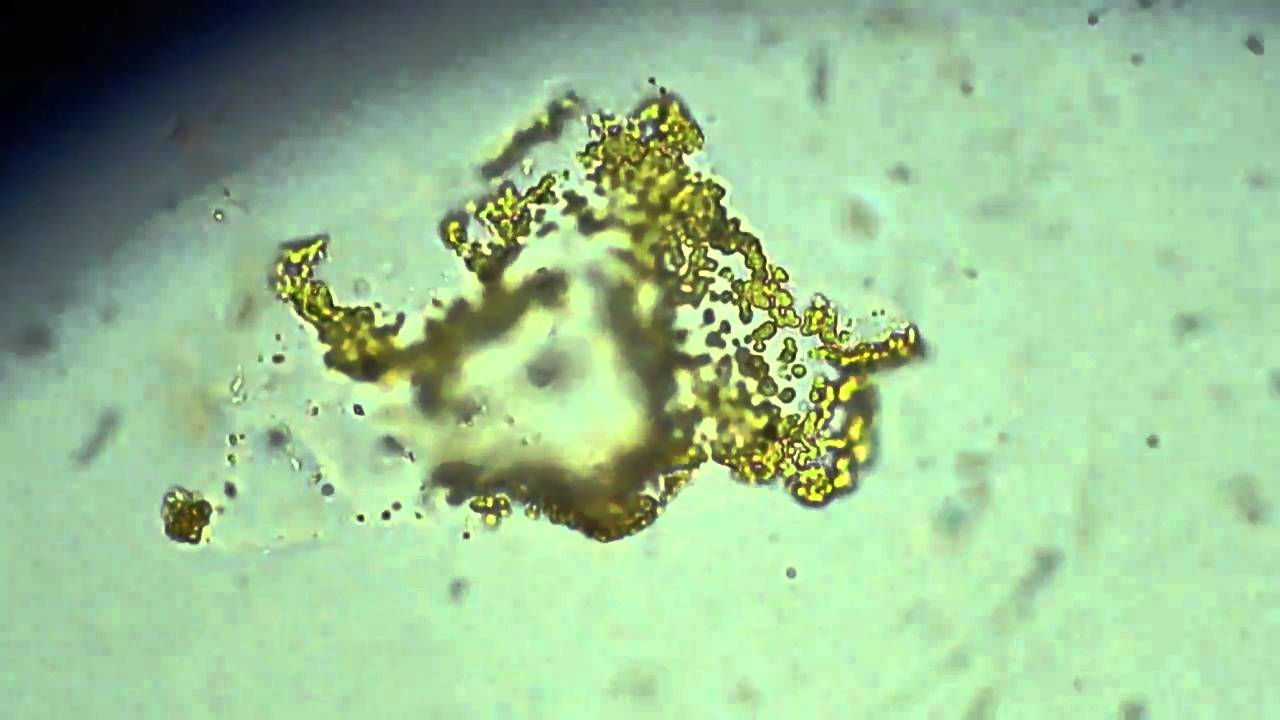
Scientists create artificial cells that mimic living cells
Researchers have developed artificial cell-like structures using minimal inorganic ingredients without biological materials—recreating an essential function of living cells.
To design the cell mimics, the researchers created a spherical membrane the size of a red blood cell using a polymer, a stand-in for the cellular membrane that controls what goes in and out of a cell. They pierced a microscopic hole into the spherical membrane creating a nano-channel through which matter can be exchanged, imitating a cell's protein channel.
When in mixtures of different particles, the cell mimics can perform active transport tasks by autonomously capturing, concentrating, storing, and delivering microscopic cargo.
In a living cell, mitochondria and ATP provide the necessary energy for active transport. In the cell mimic, the researchers added a chemically reactive component inside the nano-channel that, when activated by light, acts as a pump. When light hits the pump, it triggers a chemical reaction, turning the pump into a tiny vacuum and pulling cargo inside.
The researchers tested the cell mimics in different environments. Observed them ingesting particles or impurities from the water surrounding them, illustrating a potential application for cleaning microscopic pollutants out of water. And demonstrated the cell swallowing E. coli bacteria and trap them inside the membrane, potentially offering a new method for fighting bacteria in the body.
Another future application for the cell mimics could be drug delivery.
 English
English Arabic
Arabic


